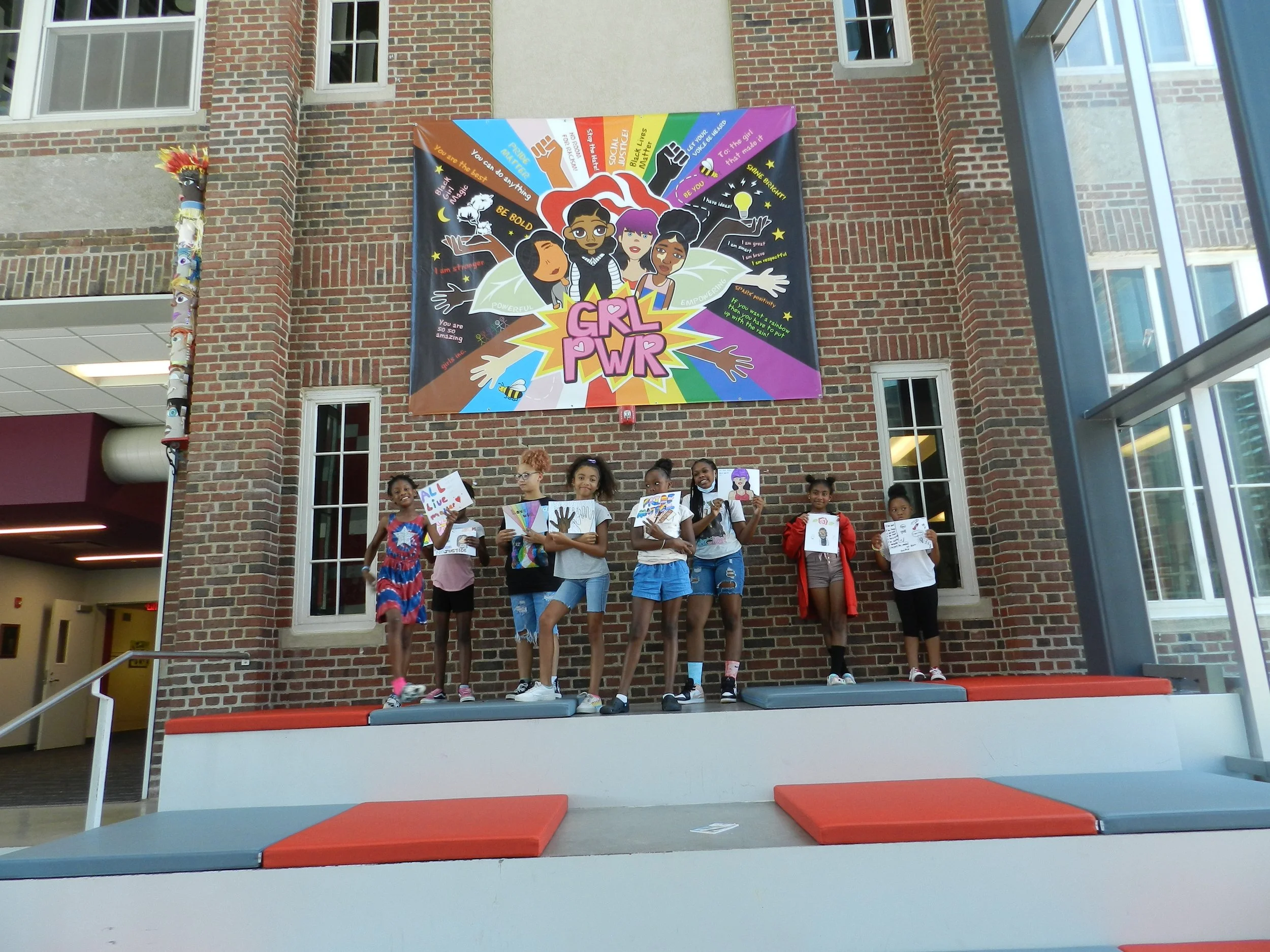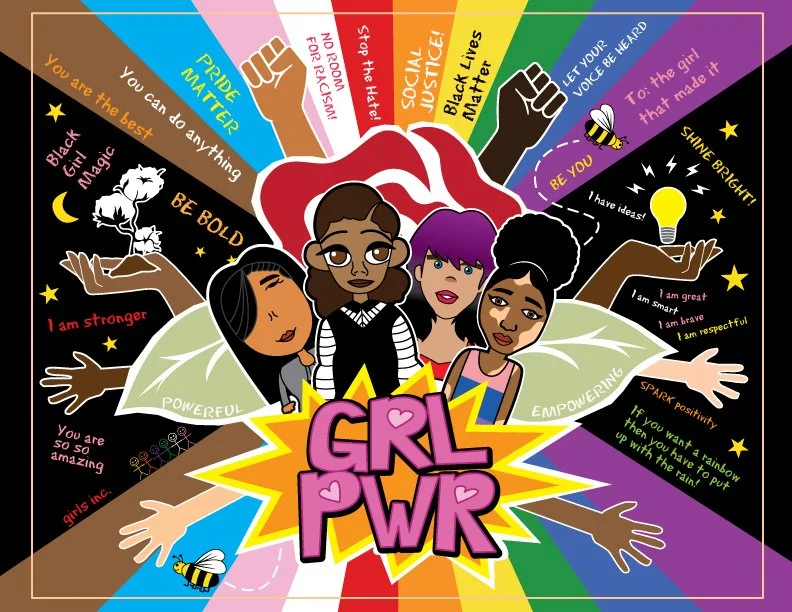Black Lives Matter
Art has been an integral part of the struggle for equal rights for more than a century. From the New Negro Movement of the 1920s and the Black Arts Movement of the 1960s and 1970s to the Black Lives Matter Movement of today, Black art has given agency to unheard voices wishing to communicate the realities of the Black experience in America and the weight of a history of oppression and inequality. In the words of Aaron Bryant, curator at the Smithsonian National Museum of African American History and Culture, “Artists have always been at the lead of protest, resistance, and hope in Black communities and other marginalized communities across the country.”
Prominent Black artists have been exploring these themes for well over a century. Self-taught painter Horace Pippin, who worked chiefly during the inter-war period, was the first widely known African-American artist whose works prominently featured themes related to slavery and racial segregation. In the 1940s, Jacob Lawrence painted one of the most groundbreaking works in modern art with his Migration series, which depicts the “Great Migration” of millions of African-Americans out of the segregated South over several decades of the early- to mid-Twentieth Century. Later in that century, Jean-Michel Basquiat would become one of the most famous American painters to have ever lived, and his works were lauded for their novel approach to themes such as slavery and oppression. Beginning in the 1990s, Black artist Kara Walker began exploring race, particularly in scenes set in the Antebellum South, with a signature style involving the use of silhouettes. And in the 2010s, Kehinde Wiley, known for taking inspiration from the Old Masters in his modern portraiture of Black men, became the first Black artist to paint the official portrait of a President when Barack Obama personally selected him for the task.
Continuing these trends over the past decade, art by Black artists has been essential to raising awareness of both the Black Lives Matter Movement and the social justice issues that the Movement supports. The Black Lives Matter Movement began with a social media hashtag, #BlackLivesMatter, after the 2012 acquittal of George Zimmerman in the shooting death of Trayvon Martin, a Black teenager. The hashtag was developed by three Black female community organizers—Alicia Garza, Patrisse Cullors, and Opal Tometi—seeking to raise awareness of injustices suffered by Black Americans. The movement grew nationally in 2014 after the deaths of Eric Garner in New York and Michael Brown in Missouri. In the wake of the death of George Floyd in 2020 in Minneapolis, the Movement expanded worldwide, with demonstrations protesting police brutality and systematic racism that overwhelmingly affects the Black community being held around the world.
Public art has been integral to the goals of the Movement. Murals have been painted around the United States (and, indeed, in many cities around the world) on the sides of buildings, walls, streets, and bridges depicting images related to the Movement. These urban canvases serve to raise awareness both locally and nationally and to cultivate discourse on the issues to which they relate. Artistic symbols of hope, peace, and cultural strength, much like raised fists, blend with the faces of victims of police brutality to remind observers why change is critical. Even the simple words “Black Lives Matter” painted in stylized lettering on the pavement function to spark conversation about the Movement and, more generally, the fight for social justice.
The art the Movement has inspired is as varied as it is unique. Dakotah Aiyanna of Charlotte, North Carolina, adds a personal touch to her symbols: flower-headed people representing Black women’s honed ability to grow wherever they land. Teddy Phillips, originally from Montgomery, Alabama, takes a color-blocked approach to art, a throwback designed to pay homage to his ancestors’ artistic medium. Banksy, a renowned graffiti artist with a carefully guarded identity, joins their artistic efforts in support of the Movement with this statement: “People of colour are being failed by the system. The white system. … This is a white problem. And if white people don’t fix it, someone will have to come upstairs and kick the door in.”
The Black Lives Matter Movement is needed now, more than ever, if the rights guaranteed by the Constitution are to be fully realized throughout all of American society. Justice Murals is proud of its support of the Black Lives Matter Movement and of the work of those who join a long line of Black artists before them in bringing social justice issues and the consequences of a history of oppression to light.
Justice Murals Student Based Programs
Justice Murals started as a program for students to collaborate and share their perspectives about social justice through visual art. In addition to the opportunity of creating this work, the murals will travel from school to school and highlight the different perspectives of social justice across these communities.
Head Royce High School DEIA Mural
Contra Costa Juvenile Hall
Honored to partner with Contra Costa County’s Juvenile Hall to make an important statement about standing united against hate and bigotry throughout our world.
Campolindo High School, Moraga, CA
Good Morning Campolindo! On this final day of the school year, I wish to share with you an inspiring project by one of our very own students, Carolyn Considine. Campolindo students were asked to submit drawings and words about what social justice means to them. The muralist, Jaz Alexander (as an aside, he is Steph Curry's brother-in-law), took these drawings and helped incorporate them into a mural. Other high schools in the county will be participating in this social justice project in the fall, and these murals will travel from school to school to highlight what social justice means from our student's perspective across the county and beyond. Campolindo is the first high school to pilot this Justice Wall program, and the high school students of the county voices will shine through. As a school community, we have come together to create change. The road is long, and the journey is ongoing, but together, we can accomplish greatness.
Please take care, be well, be safe and be kind,
Ms. Lee (she/her)
Associate Principal Campolindo High School
Justice Murals/JuSTEMagine/SPARK Positivity/Ignite Our Future/Girls Inc. Partnership
Working with JuSTEMimagine, SPARK Positivity, and Girls Inc. in Nebraska
Campolindo Library, Moraga, California
Our mural is highlighted celebrating Black History Month.











































